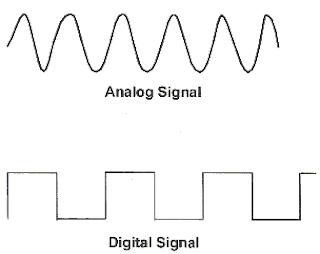Ehem2, Assalamualaikum & wassup everyone!!!
In my latest class, I had learnt that the networking exist
from the stone aged already. I was wondering on how people of stone aged
practice the networking in their lives. And then Dr Dayang shows us some
example.
Then I started to understand how
was networking is in the ancient time. It was very difficult to communicate in
that time. So they need the networking to help them can communicate between two
person that lives so far away.
Gratefully we can communicate
easily now with the help of technology of networking. So be thankful to live in
this era please…. J
Say hello to NETWORKING!!!!
What is network??? It is the collection of connected intelligent
computing devices by cabling that is the basic network.
These are 4 types of networks:
LAN (Local
Area Network) - The computers are connected
close together in the same building or room.
WAN (Wide Area Network)
- The computers are connected far apart and are connected by telephone lines or radio waves
within the wide area such as within Malaysia or World.
MAN (Metropolitan Area
Network) – The network that connect
computers within the large area such as UTM Skudai but not
as wide as WAN.
PAN (Personal Area
Network) – The network that connects
computers within the range of 10 meters using the wifi routers or
broadbands modems. For example streamyx , Celcom Broadband , P1Wimax, etc.
NETWORKING DEVICES
ROUTERS
- is a computer networking devices that forwards data packets to their destinations, based on their addresses that is known as IP address.
HUBS
– is a networking component which acts as a convergence point of a network, allowing the transfer of data packets.
BRIDGES
- is a hardware device used to create a connection between two separate computer networks or to divide one network into two. Usually use the same internet protocol.
GATEWAYS – is a network point that can connect two different networks that use two different protocols.
I found that this week lecture was quite interesting. There are some terms that I never heard before that makes me want to know more about it.
Ok that’s all for this week..
See you soon…………














